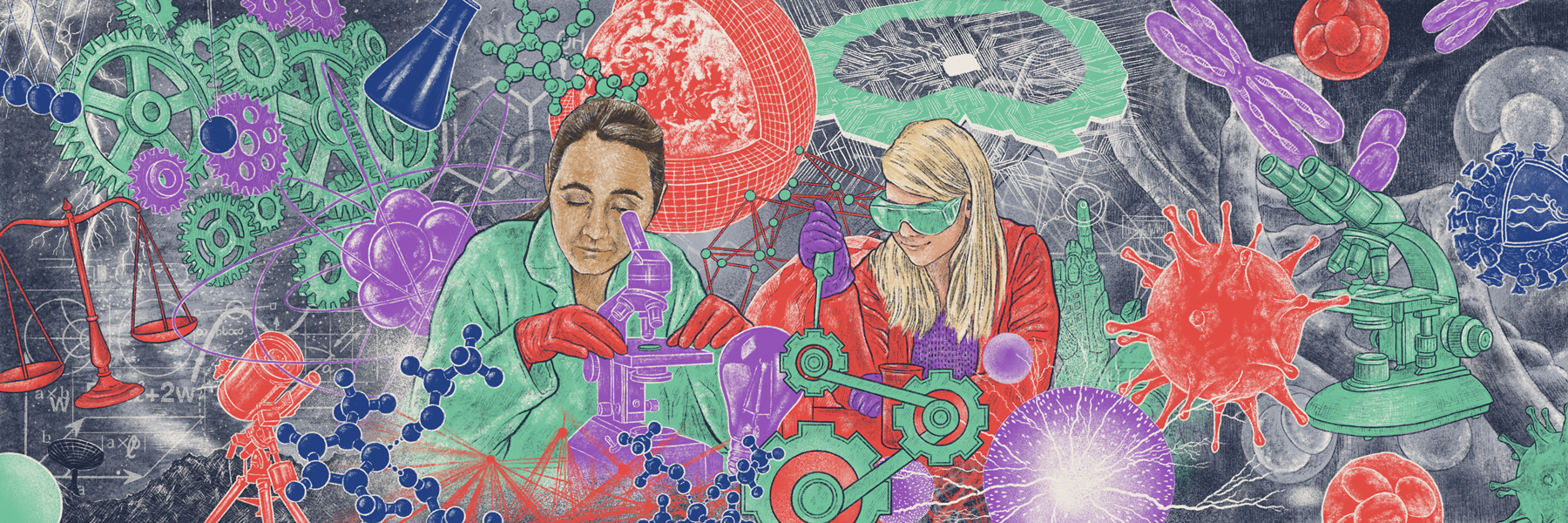
Science in Switzerland: the women driving change
Switzerland is one of the most innovative countries in the world and its two technology institutes top global rankings. Despite that, there are still few women working in science. Successful role models and dedicated initiatives could, however, reverse this trend.
Historically male-dominated disciplines like physics, robotics or mathematics are no longer taboo for women. Many women around the world are making valuable contributions to them. But the gender gap in scientific research remains wide.
In Switzerland, not many women hold top academic positions like professorships. They are usually employed on more precarious contracts than their European counterparts. If we consider only STEM disciplines (science, technology, engineering and mathematics), there are even fewer female professors. But the tide is slowly changing.
The stories of successful women scientists remind us that change is not only possible, but already happening. Margarita Chli is one of them. She remembers that, when she arrived in Switzerland for her postdoctoral research in robotics, there were just two girls in a class of fifty students. While studying, Chli became fascinated by the idea of combining robotics with computer vision to create intelligent machines that could ‘see’, perceive and interact with the space around them. Her work, inspired by nature, contributed to the first autonomous flight of a small helicopter. Today, Chli is an assistant professor at the federal technology institute ETH Zurich, where she runs the Vision for Robotics Lab. “Someone once made me reflect on the fact that my career path was not accessible to women 20 years ago. This is a big responsibility, but also a very exciting opportunity,” she said.
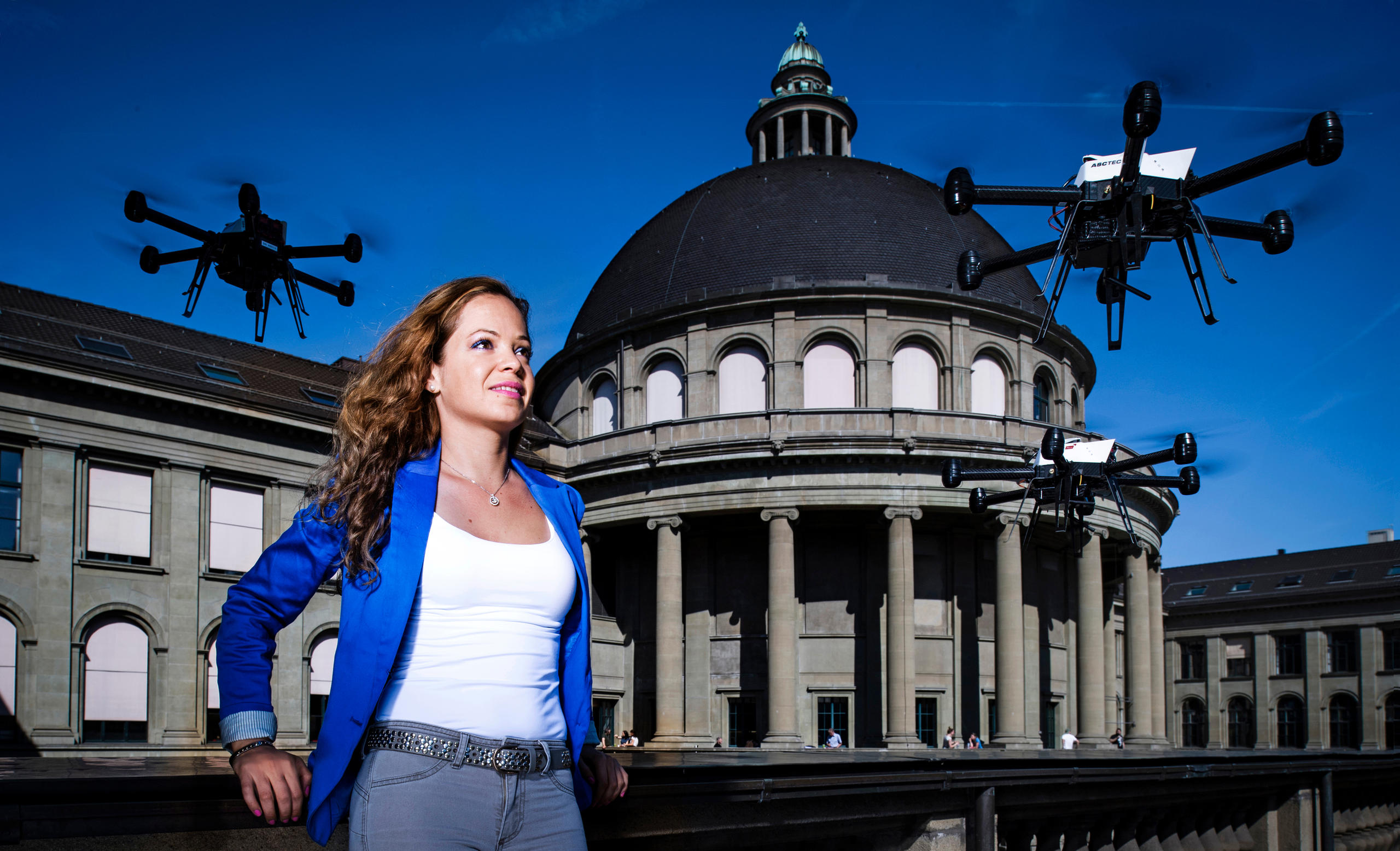
More
‘I try to show the other side of robotics, the good side’
EMPA’s first female CEO
For the first time in its 142-year history, since summer 2022 the Swiss Federal Laboratories for Materials Science (EMPA) has been led by a woman – Tanja Zimmermann. In the following article, the 55-year-old materials scientist explains how EMPA has grown into one of Europe’s most innovative research institutes, and what she plans to do to encourage the development of female scientists.
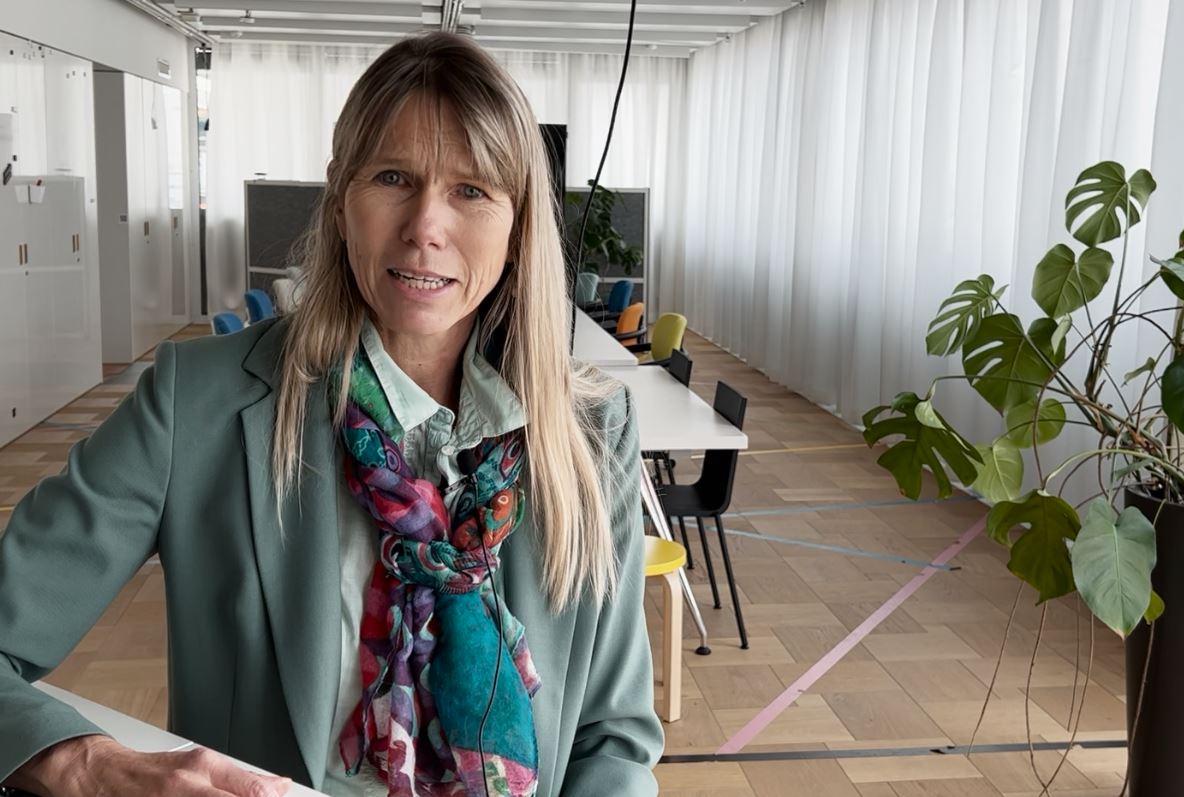
More
‘Switzerland should be a model country for innovative sustainability solutions’
The ingredients for academic success
Determination, talent and ambition are just some of the ingredients that have allowed women to excel in their fields, be it robotics, epidemiology or cosmology. They are determined to answer fundamental questions for humanity. And they want to pave the way for future generations to follow.
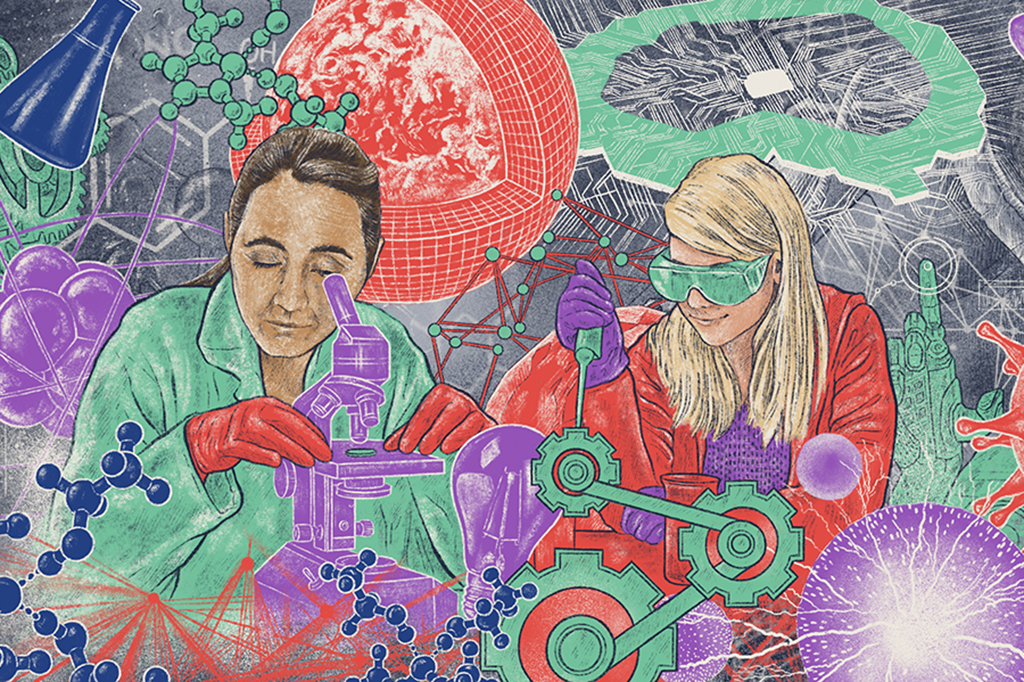
More
The women changing science in Switzerland
The biggest difficulty for Sonia Seneviratne at the beginning of her career was the absence of female role models in Switzerland, which she then encountered in the United States during an academic exchange at the Massachusetts Institute of Technology (MIT). “They opened up new horizons for me,” she said. This experience motivated Seneviratne to climb up the ladder until she was offered a professorship at ETH Zurich at the age of 32.
Seneviratne is now regarded as one of the world’s most influential climate scientists. She is also an author of the reportExternal link by the Intergovernmental Panel on Climate Change (IPCC) that made headlines in 2021 for highlighting that heavy rainfall and heat waves are the result of human-made greenhouse gas emissions. Seneviratne’s discovery of direct links between extreme weather events and the rise in global temperatures has driven the field of climate science known as attribution science.
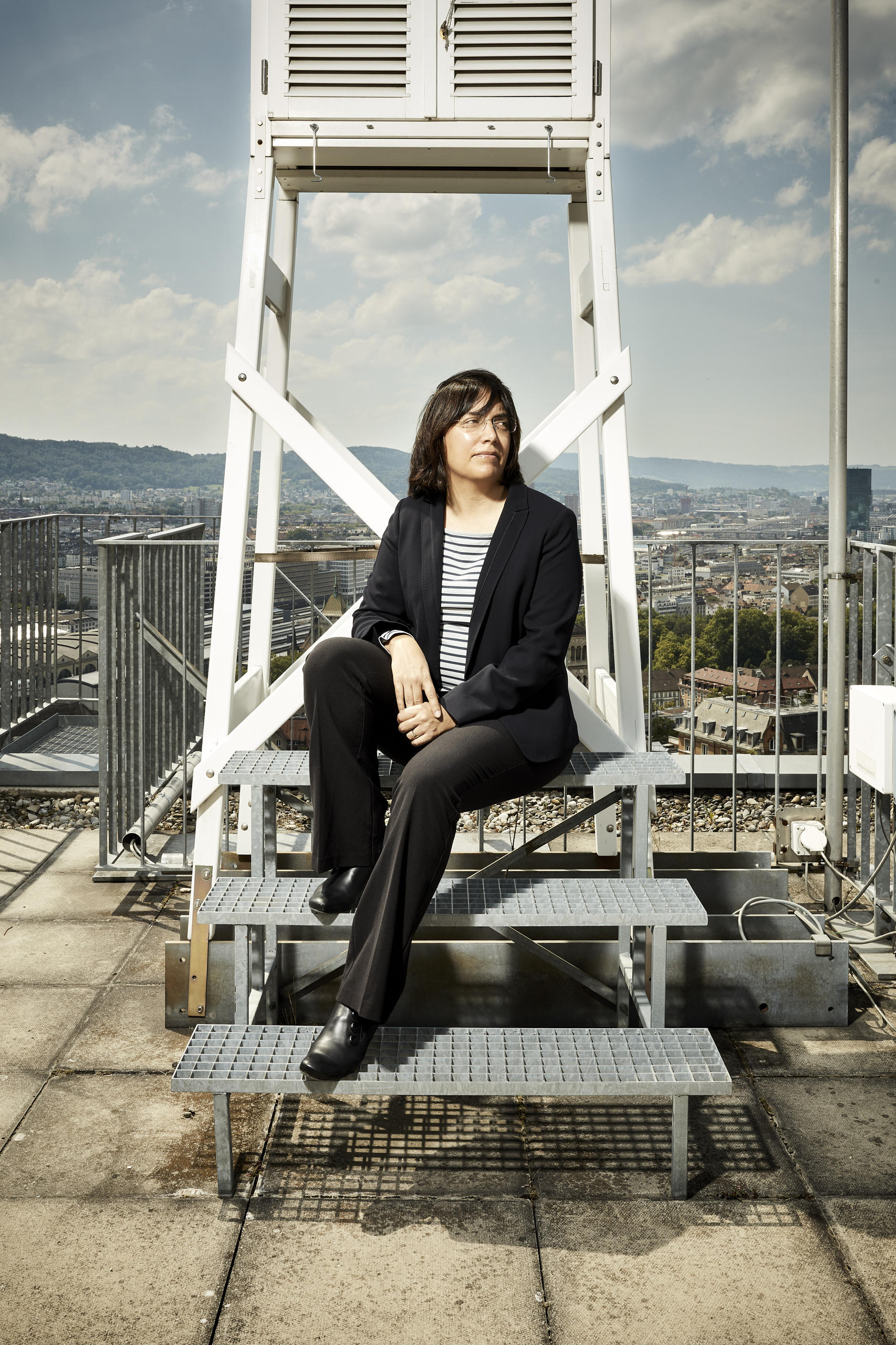
More
‘We are at the start of a new climate regime’
Even if women hold few leadership positions in academia, they make significant contributions to scientific progress. Scientists like Emma Hodcroft, Lavinia Heisenberg and Maria Colombo are proof of that changing landscape.
Emma Hodcroft is known as “the virus hunter.” The epidemiologist co-founded the platform NextstrainExternal link, which analyses genetic data of pathogens on a global level and makes it publicly available. Hodcroft’s work has been critical in tracking the evolution of the SARS-CoV-2 virus in real time through the analysis of new variants. Hodcroft, who works at the University of Bern, has also been praised for her science communication, particularly on Twitter, where she has nearly 80,000 followers.

More
Emma Hodcroft: The ‘virus hunter’
Lavinia Heisenberg is a world-renowned physicist and professor of cosmology at ETH Zurich. She seeks answers about the origin of the universe by studying the force of gravity. Her list of publications is impressive and her discoveries have shaped gravitational research, opening up new ways of understanding how the laws governing the universe work. Heisenberg is convinced that the study of physics will have unimaginable implications for our lives in the future, by contributing, for example, to new sources of energy and smart mobility.
Maria Colombo is a mathematician. She joined the Swiss Federal Institute of Technology in Lausanne (EPFL) in 2018 and was appointed professor in 2021 at the age of 32. Colombo’s work advanced the understanding of the mathematical equations that describe the evolution of fluids, from the movement of river courses to the dynamics of clouds of gas and dust that occur in interstellar space. And how do the clouds in the sky behave? “When I look at the clouds, I think of equations,” she said.
More women professors on the way
Besides attracting the best talent to Switzerland, research institutions and foundations are committed to increasing the representation of women in the sciences. They have created various grants for women to promote fair working conditions, mentoring and networking. An example is the PRIMAExternal link grant by the Swiss National Science Foundation (SNSF), which provides funding of up to CHF1.5 million (about €1.4 million) to promising female researchers.

More
How Switzerland is trying to bridge the science gender gap
Other grants, open to both women and men, aim to help researchers financially to advance in their careers. The geochemist Denise Mitrano received another SNSF grant in 2020, the so-called “Eccellenza”External link professorial fellowship. This allowed her to set up her own research group at ETH Zurich as an assistant professor.
Mitrano has since developed an innovative, fast and accurate method to understand how much plastic is in the water we drink or the food we eat. To do so, Mitrano came up with the idea of chemically adding metals to plastic nanoparticles to use them as markers. Her new tracking method could indirectly contribute to reducing plastic pollution by helping farmers and industry identify which materials are more problematic and encouraging them to find biodegradable alternatives. She says she gives the same advice to all her students at ETH Zurich: “Don’t be discouraged by criticism or failure. Have confidence in your ideas. It takes courage, but it is worth it”.
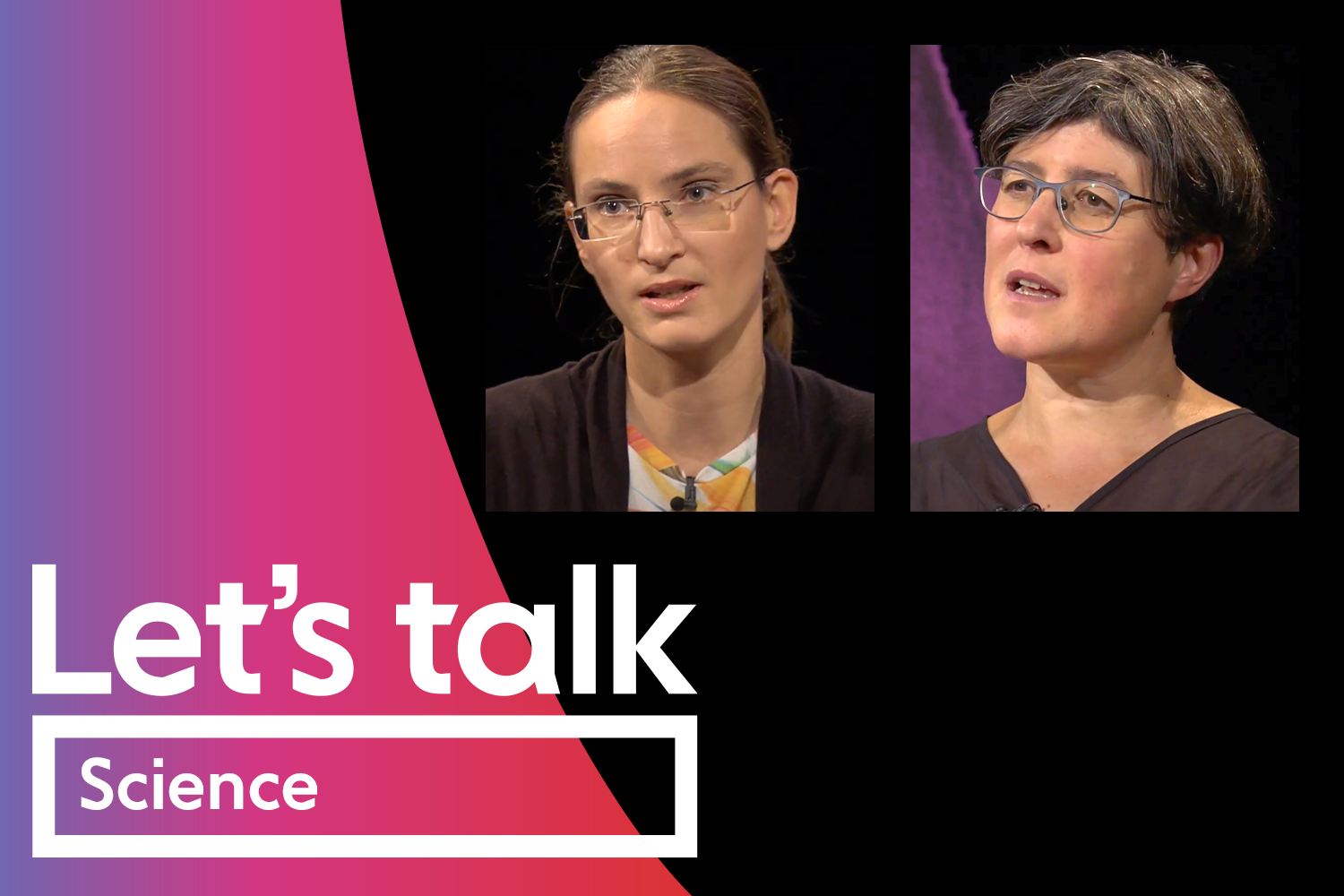
More
Let’s Talk: polar research and our struggling planet
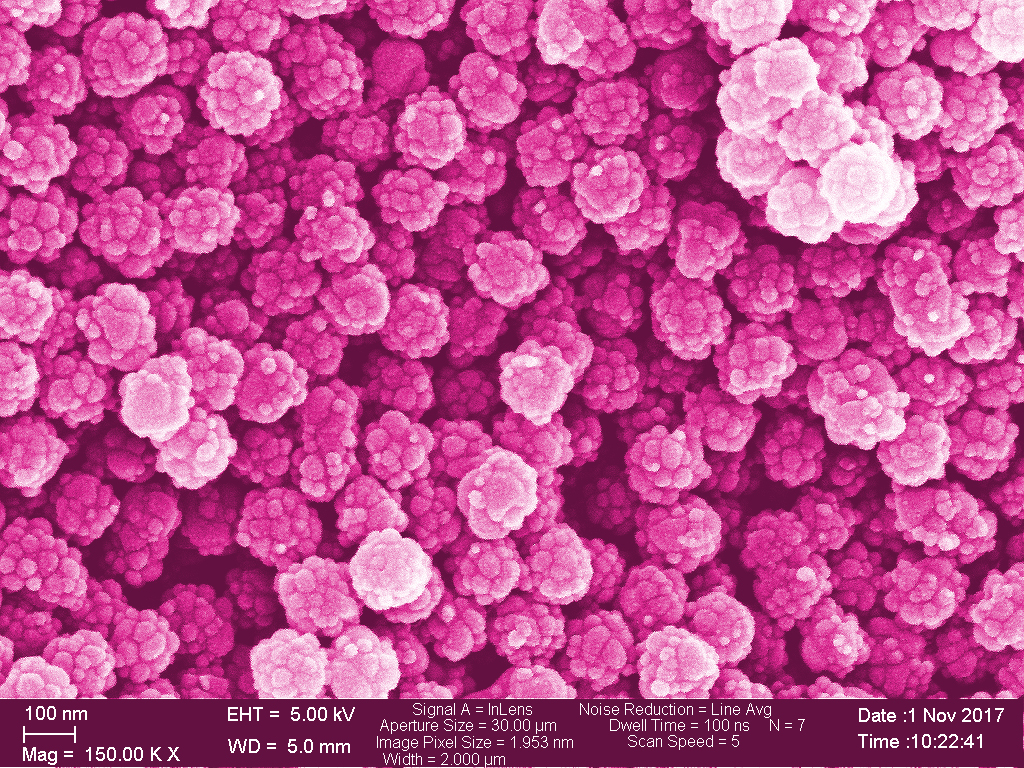
More
How counting nanoplastics can help clean up the environment

In compliance with the JTI standards
More: SWI swissinfo.ch certified by the Journalism Trust Initiative








